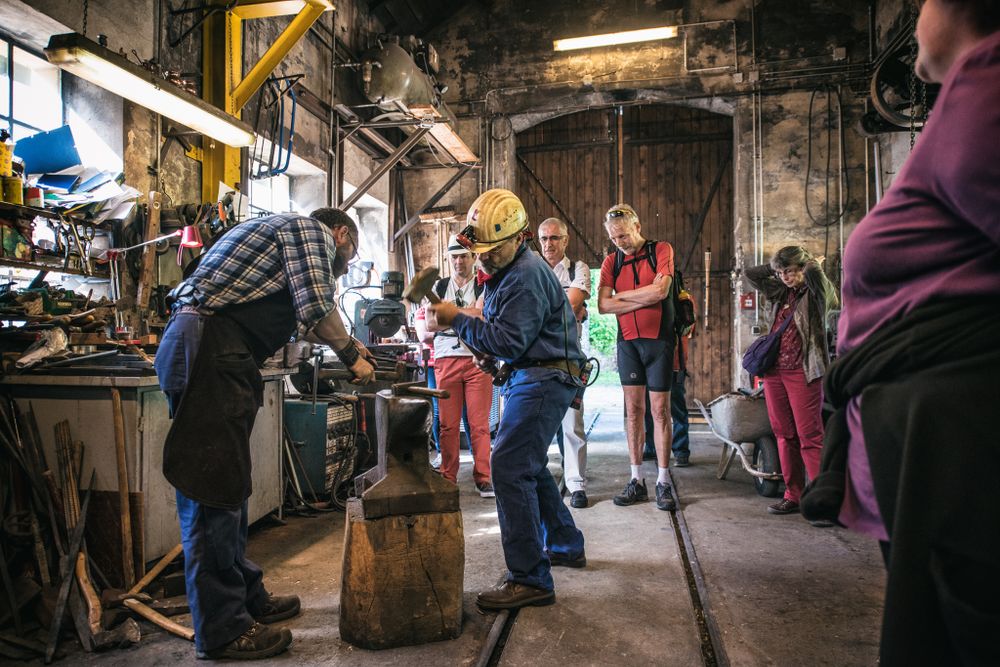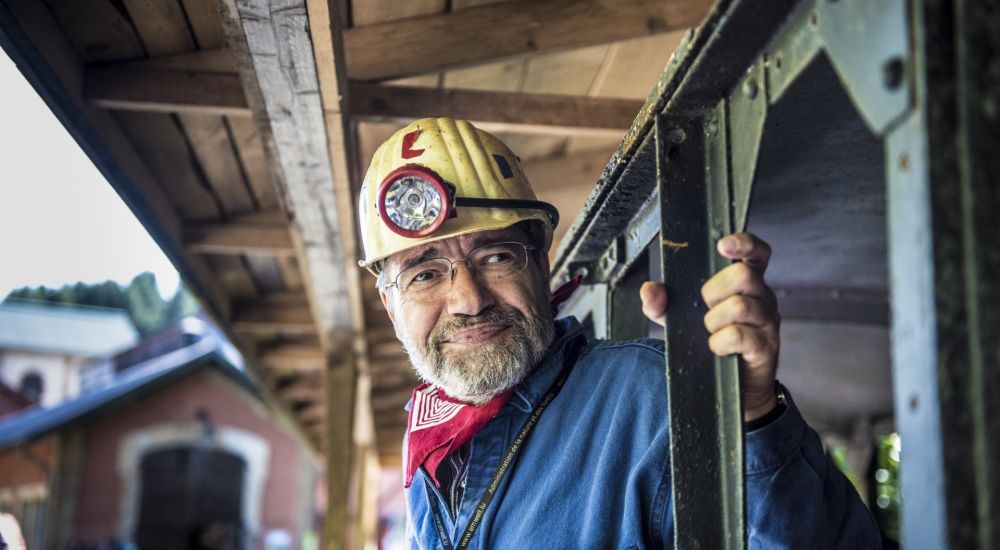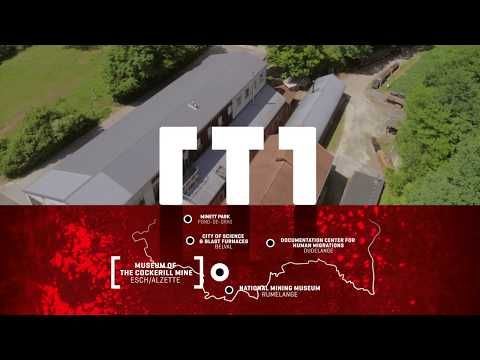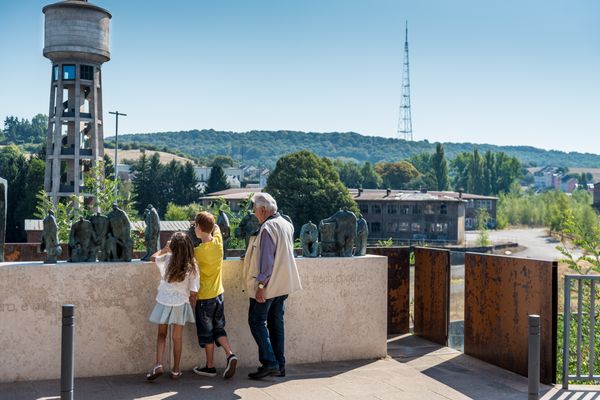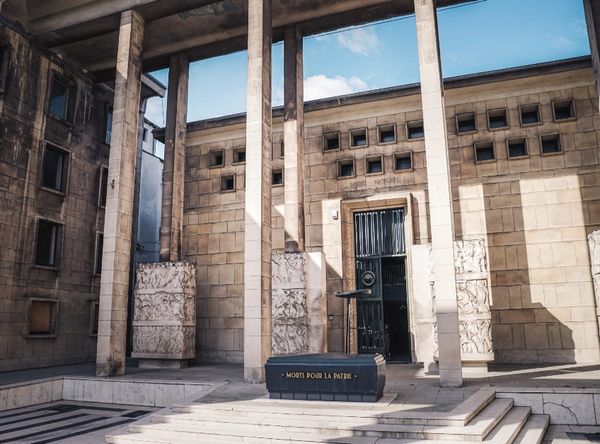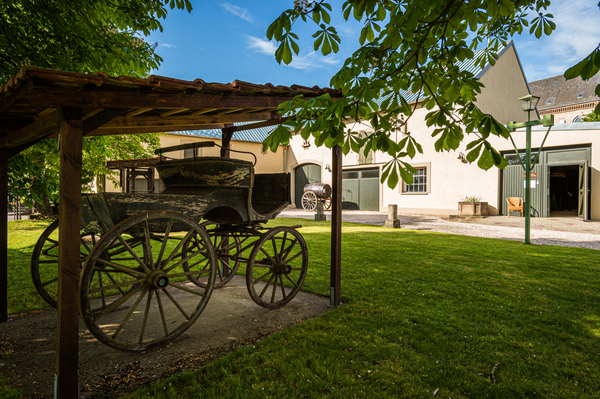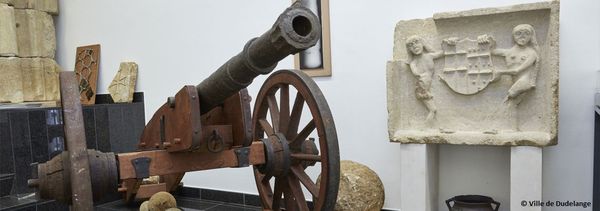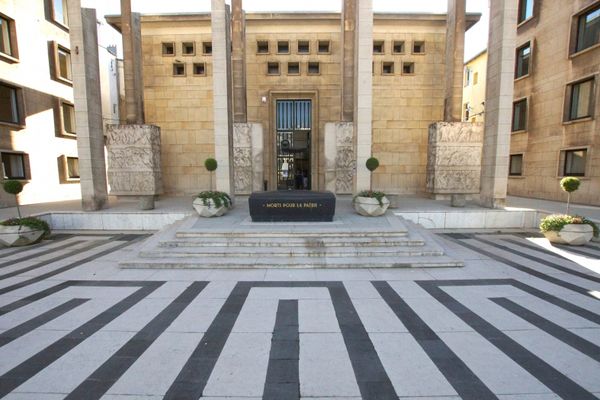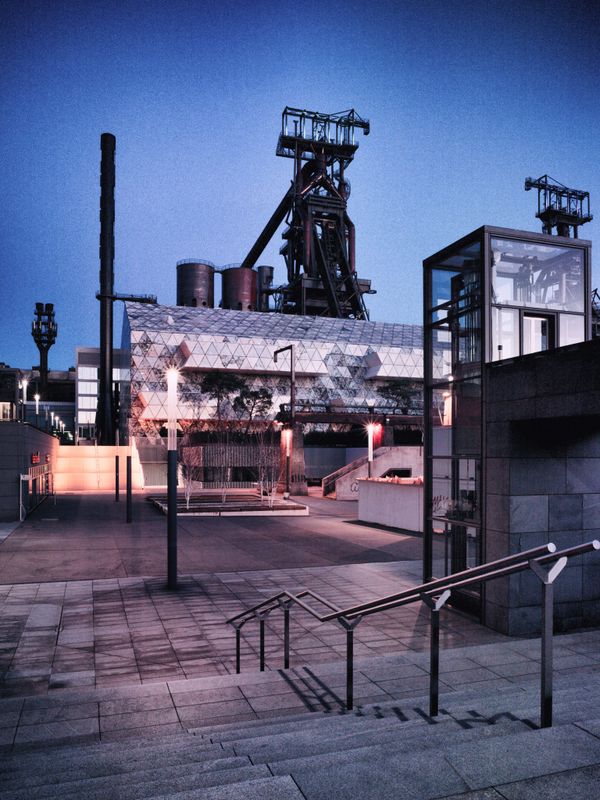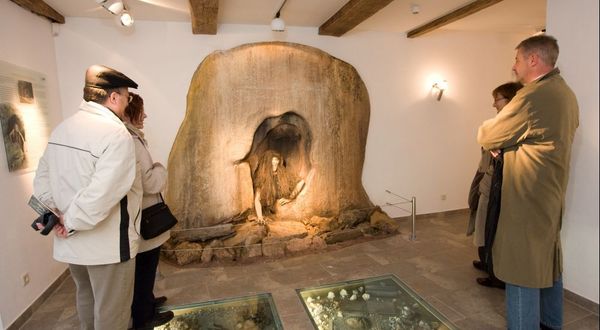
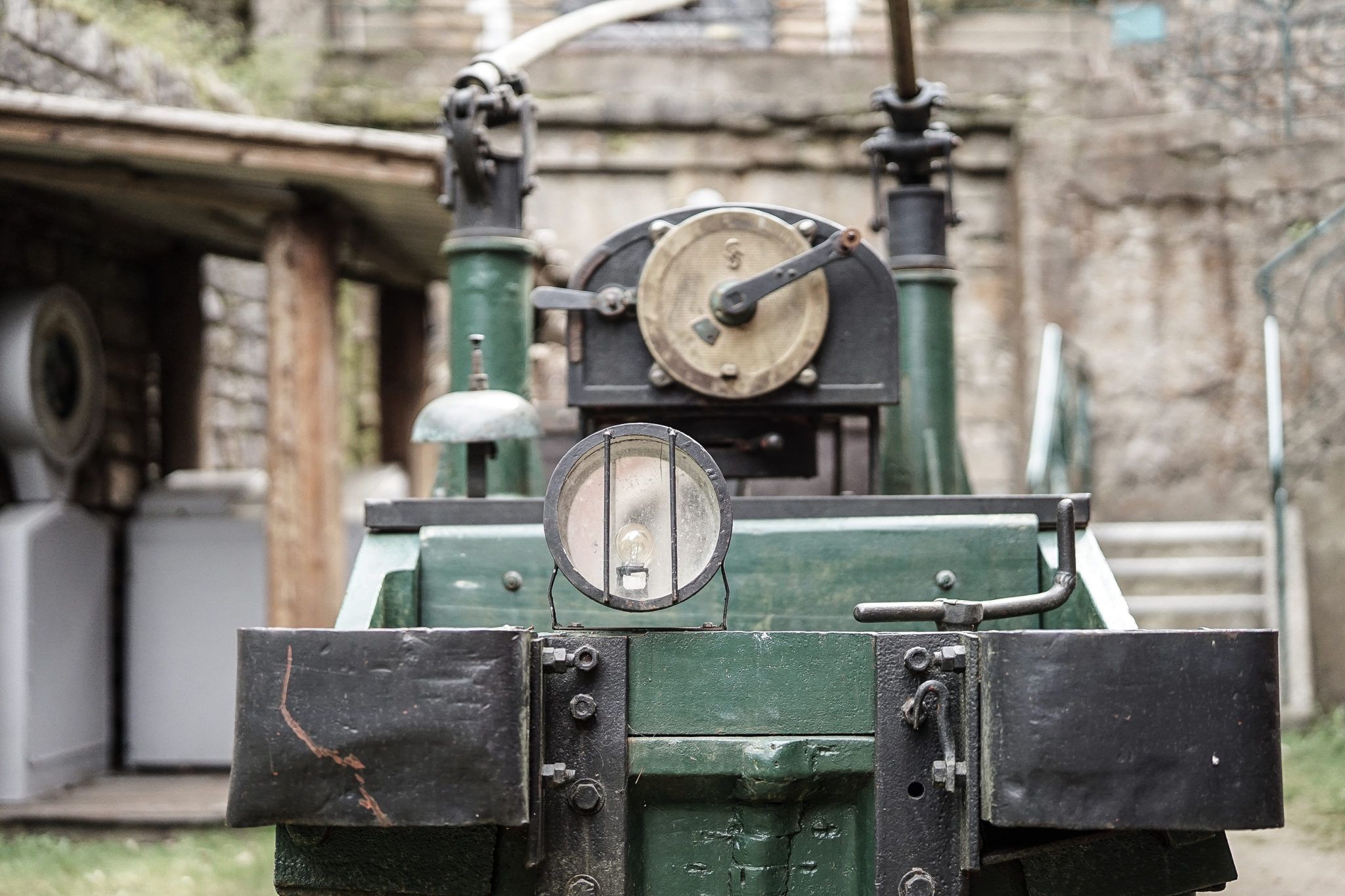
Museum of the Cockerill Mine at Ellergronn
Where? Centre d'Accueil Ellergronn, L-4114 Esch-sur-Alzette
Exceptional legacy from the mining era
Esch’s Cockerill mine played a major role in Luxembourg’s 19th-century economic boom.
The restored mining site is called « Katzenberg » at Ellergronn and is located in a building complex that houses a museum with numerous artefacts from the former iron industry. On the guided tour, as well as exploring the site of the mine, you will be travelling through time and discovering fossils, minerals, mining tools and numerous other genuine iron-industry artefacts. If you need a break in the fresh air, you will see how the former open-pit mines worked at the Ellergronn nature centre, and learn about their evolution into today’s nature reserve.
Languages offered: German, French, Luxembourgish
Book 15 days in advance.
Practical information
- Toilets
Culture info
- Cafeteria
- History
Opening hours
Opening hours are subject to change. Please check them before your visit in order to be sure.
| Friday | 26.12.2025 : 08:00 - 12:00 |
| Saturday | 27.12.2025 : 09:00 - 11:30 |
| Sunday | 28.12.2025 : 09:00 - 11:30 |
| Monday | 29.12.2025 : 08:00 - 12:00 |
| Tuesday | 30.12.2025 : 08:00 - 12:00 |
| Wednesday | 31.12.2025 : 08:00 - 12:00 |
| Thursday | 01.01.2026 : 08:00 - 12:00 |
Groups on request.

